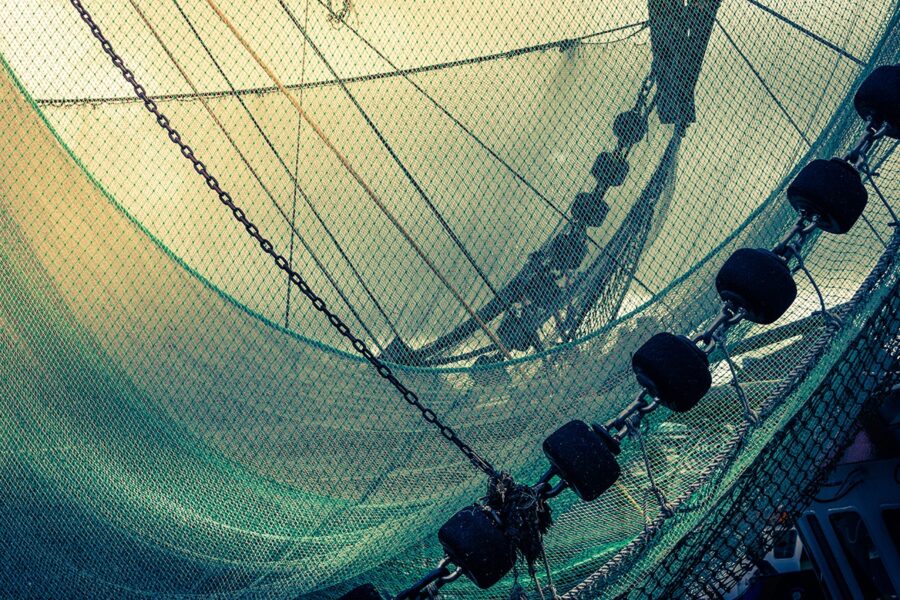In the first of two articles on the subject, fisheries lawyer Andrew Oliver, a partner in the law firm Andrew Jackson, explains the changed role that IFCAs play in managing England’s inshore fisheries, and why they are in many ways different to the Sea Fisheries Committees they replaced
Ten years since they were formed, there is still confusion as to the role of IFCAs.
The Sea Fisheries (Regulation) Act 1966 provided for the formation and operation of Sea Fisheries Committees (SFCs) in England and Wales. Their role was the management of local fisheries out to the three-mile limit, and in latter years to the six-mile limit. Under the 1966 act, the SFCs had powers to make byelaws. The byelaw-making powers were relatively limited.
The Sea Fisheries Shellfish Act 1967 provided for the creation of several fisheries and regulating orders. Whilst any person could apply to have a several fishery or regulating order granted in their favour, the main applicants tended to be the SFCs.
The 2009 act did away with the SFCs and replaced them with Inshore Fisheries and Conservation Authorities (IFCAs). Unlike SFCs, the IFCAs did not extend into Wales, with Welsh inshore waters falling under the authority of the Welsh Assembly government.
Section 153 of the 2009 act sets out the main duties of IFCAs.
It is worth setting these out in detail. The overarching objective of an IFCA is that ‘it must manage the exploitation of sea fisheries resources in its district’. To achieve that objective, an IFCA must:
- Seek to ensure that the exploitation of sea fisheries resources is carried out in a sustainable way
- Seek to balance the social and economic benefits of exploiting the sea fisheries resources of the district with the need to protect the marine environment from, or promote its recovery from, the effects of such exploitation
- Take any other steps which in the authority’s opinion are necessary or expedient for the purposes of making a contribution to the achievement of sustainable development
- Seek to balance the different needs of persons engaged in the exploitation of sea fisheries resources in the district.
IFCAs have a much broader remit than the old SFCs. Their jurisdiction goes from fishing at sea right through to the sale and marketing of fish, including its possession, and includes both commercial and recreational activities. At the centre of their duties are ensuring sustainability and sustainable development and the protection of the marine environment from the exploitation of sea fisheries resources.
Their byelaw-making powers are much wider, and include the prohibition or restriction of the exploitation of sea fisheries resources, the issue of permits, the making of byelaws relating
to vessels, methods and gear, the protection of shellfish fisheries, the monitoring of the exploitation of resources, and the provision of information.
In relation to the power to make permits, the act allows the IFCAs to impose conditions on such permits. It increases the IFCAs’ powers by allowing them to make different provision for different cases or circumstances within their byelaws, thus allowing IFCAs to make what have now become known as flexible byelaws.
Such byelaws allow the IFCA to make a base byelaw, but provide a mechanism by which conditions or certain terms in those byelaws may change over a period of time following a consultation procedure.
The combination of the broadened remit and the ability to make much broader-ranging byelaws of a flexible nature has given the IFCAs much greater freedom to regulate the inshore fishery than the SFCs ever had.
It is as a result of these broadened powers, and in particular the vastly increased byelaw-making powers, that one recent conflict has arisen between IFCAs and the fishing industry, namely the role of IFCAs as grantees of regulating and several orders. The 1966 act and the 1967 act were very much linked, and as a result a number of SFCs became the grantees of several and/ or regulating orders. A number of orders made under the 1967 act are coming to an end in the next few years. The decision the IFCAs now face as those orders near their end dates is whether to replace them.
The purpose of regulating orders was to bestow upon the grantee the ability to regulate the fishery through regulations, the terms of which were not available to a SFC by way of byelaws under the 1966 act. That situation has now changed, because the regulations that could be made under the 1967 act are now capable of being made as broader-ranging flexible byelaws under the 2009 act. Therefore in terms of regulating a fishery, many IFCAs are now considering the use of byelaws instead of a reapplication for another fishery order under the 1967 act. It is a fact that all the issues that were once the subject of regulating orders can now be dealt with by way of byelaws under the 2009 act.
This does not mean that the concept of regulating orders and several orders is redundant. It is still open to other individuals and organisations to apply for such orders on the basis that as non-IFCAs they do not have the necessary powers under the 2009 act and still need the 1967 act to give them powers of regulating the fishery.
IFCAs are a very different beast to the SFCs. They have a much expanded remit, wider powers and greater legislative freedom than their predecessors. In the next article, I will look at their enforcement powers.
This story was taken from the latest issue of Fishing News. For more up-to-date and in-depth reports on the UK and Irish commercial fishing sector, subscribe to Fishing News here or buy the latest single issue for just £3.30 here.








